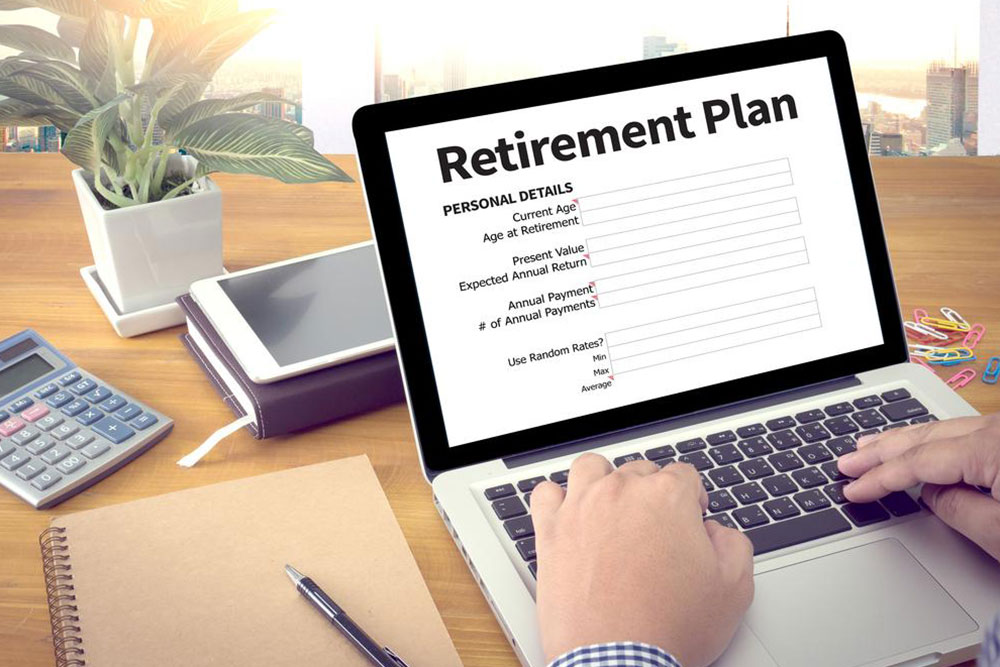Comprehensive Guide to Retirement Savings Strategies and Pension Options for Seniors
This comprehensive guide explores essential retirement savings plans and pension options for seniors. It details contribution accounts, employer-sponsored schemes, social security benefits, annuities, government employee plans, and IRAs. By understanding these tools, seniors can make informed decisions to secure a stable and comfortable retirement. Strategic planning and proper utilization of these options enable seniors to enjoy their later years free from financial worries, emphasizing the importance of early and consistent retirement planning for long-term security.

Comprehensive Guide to Retirement Savings Strategies and Pension Options for Seniors
Planning for a financially secure retirement is essential for seniors to enjoy their later years without unnecessary stress. As individuals approach or enter their retirement phase, understanding the various pension schemes and savings accounts becomes critical. These financial tools are designed to provide a steady income stream, ensuring that seniors can maintain their lifestyle and cover essential expenses. This article explores the key retirement savings plans and pension options available, detailing how each can serve different needs to facilitate a comfortable, worry-free retirement.
1. Contribution-Based Retirement Accounts: Building Wealth for the Future
Contribution-based retirement accounts are a cornerstone of many seniors' financial planning. These accounts allow individuals to allocate a portion of their earnings towards retirement savings during their working years. Not all employers offer these plans, but when available, they can be highly beneficial. Examples include defined contribution plans like the 401(k), which enable employees to make pre-tax contributions, with potential for tax-deferred growth until withdrawal. This flexibility allows earnings to accumulate over time, especially when combined with employer matches or contributions. For seniors over 70, these accounts can continue to grow, providing additional financial security. Aside from the 401(k), similar plans include 403(b) plans for public school employees and 457(b) plans tailored for government workers. These options give seniors a chance to maximize their savings and benefit from the power of compound interest, ultimately helping build a substantial nest egg for retirement.
2. Employer-Funded Pension Schemes: Guaranteeing Stable Income
Traditional employer-sponsored pension plans, also known as defined benefit schemes, are designed to ensure that retirees receive a fixed, predetermined monthly income. These plans are funded entirely or partly by the employer and offer long-term financial stability for seniors. The advantage of such pensions lies in their predictability; retirees can plan their expenses with confidence, knowing they have a reliable income stream for life. Although these pension schemes are becoming less common in the private sector, they remain a vital pillar for many government workers and long-standing employees. Employers committed to these schemes aim to provide peace of mind, reducing financial uncertainties that often accompany retirement.
3. Social Security Benefits: A Social Safety Net
In many countries, the Social Security Administration or equivalent agency offers a vital pension-like benefit for qualifying seniors. Based on work history, earnings, and contribution records, these benefits provide monthly payments that can significantly supplement retirement income. Seniors can choose when to claim their Social Security benefits, with options to start early at age 61 or delay until age 70 to maximize monthly payouts. Strategic timing can enhance the overall benefit amount, ensuring a more secure financial footing during retirement. Beneficiaries should carefully plan their claiming age to optimize their income, particularly in the later stages of retirement.
4. Fixed Income Annuities: Ensuring Consistent Cash Flow
Fixed income annuities represent an insurance-based retirement income solution. By paying a lump sum upfront to an insurance provider, seniors secure a guaranteed monthly income for life or a fixed period, depending on the annuity contract. This arrangement offers predictability and peace of mind, especially for those who prefer a steady cash flow without worrying about market fluctuations. Although payouts are taxable, the reliability of these payments makes fixed annuities a popular choice for retirees seeking stability. Planning for inflation adjustment and consulting financial advisors can help more effectively incorporate annuities into a comprehensive retirement strategy.
5. Government Employee Retirement Savings Plans: Special Opportunities for Federal Workers
Unique to federal employees and military personnel, the Thrift Savings Plan (TSP) is a powerful retirement savings vehicle similar to the private-sector 401(k). Contributing via payroll deductions, participants can choose from various investment options, including stocks, bonds, and lifecycle funds. The TSP offers automatic contribution features and tax advantages, making it easier for government workers to accumulate substantial retirement savings. Upon reaching retirement age, individuals can opt to withdraw funds periodically, providing a reliable income stream. The plan's flexibility and diverse investment choices make it an excellent option for public sector employees planning long-term financial security.
6. Individual Retirement Accounts (IRAs): Flexible and Tax-Advantaged Savings
IRAs are among the most popular retirement accounts, offering tax advantages and flexibility for investors of all ages. They come in two main types: Roth IRAs, which allow for tax-free withdrawals after age 59½, and traditional IRAs, where taxes are deferred until withdrawal. These accounts enable seniors to invest in various financial instruments, including stocks, bonds, and mutual funds, with potential for substantial growth over time. IRAs are especially advantageous for those who have not yet tapped into their retirement funds or who seek a flexible way to manage their savings. Regular contributions and disciplined investing can significantly enhance their retirement preparedness, providing an additional layer of financial security.
In conclusion, a well-rounded retirement plan incorporates multiple financial tools. Whether through contribution-based accounts, employer pensions, government benefits, or private savings plans, seniors have a variety of options to ensure financial stability. Strategic planning, timely contributions, and professional advice can maximize these benefits, paving the way for a retirement filled with comfort, security, and peace of mind.





